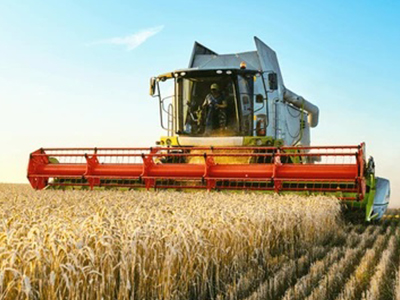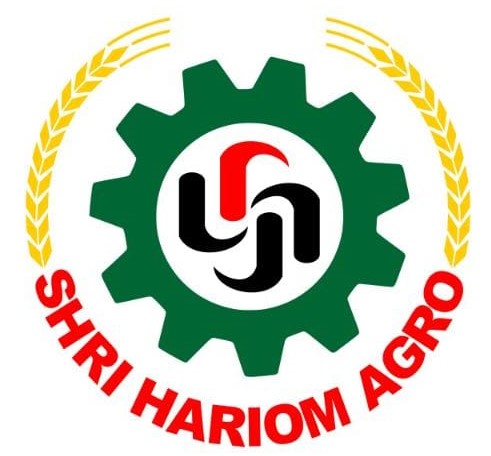Understanding Your Requirements
Before delving into specific harvester models, it’s essential to understand your unique requirements. Consider factors such as:
Crop Type: Different crops require different harvesting techniques and machinery. For instance, rice may require a paddy harvester, while wheat might need a combined harvester.
Conditions:. India’s diverse terrain, soil types, and field sizes necessitate machines that can adapt to various conditions, from flat plains to hilly terrains.
Farm Size: The scale of your farming operations influences the size and capacity of the harvester you require. Small-scale farmers may opt for compact, versatile machines, while large-scale operations may demand high-capacity harvesters.
Budget Constraints: Your budget plays a crucial role in determining the range of harvester machines available to you. Consider both upfront costs and long-term benefits, including maintenance and operational expenses.
Types of Harvester Machines
India offers a variety of harvester machines suited to different crops and farm sizes:
Combine Harvesters: Widely used for grains like wheat, rice, and barley, combine harvesters are efficient machines that perform multiple tasks such as cutting, threshing, and winnowing in a single operation.
Paddy Harvesters: Specifically designed for harvesting rice paddies, these machines are adept at working in wet conditions and can handle the unique challenges of rice cultivation.
Sugarcane Harvesters: Ideal for harvesting sugarcane, these machines are equipped with specialized cutting mechanisms that efficiently cut and load sugarcane stalks, improving productivity and reducing labor requirements.
Maize Harvesters: Designed for harvesting maize or corn, these machines efficiently harvest and process corn cobs, reducing post-harvest losses and improving overall efficiency.
Key Considerations
When selecting the best harvester machine in India, consider the following factors:
1. Performance and Efficiency: Evaluate the machine’s performance metrics such as harvesting capacity, speed, and fuel efficiency to ensure it meets the demands of your farming operations.
2. Adaptability to Local Conditions: Choose a harvester that can adapt to India’s diverse agricultural landscapes, including varying soil types, weather conditions, and field terrains.
3. Ease of Maintenance: Opt for machines with accessible components and user-friendly maintenance procedures to minimize downtime and repair costs.
4. After-Sales Support: Select a harvester from a reputable manufacturer with a strong service network and readily available spare parts to ensure timely support and maintenance.
5. Cost-Effectiveness: Consider the overall cost of ownership, including upfront purchase costs, operational expenses, and potential returns on investment, to make a financially prudent decision.

